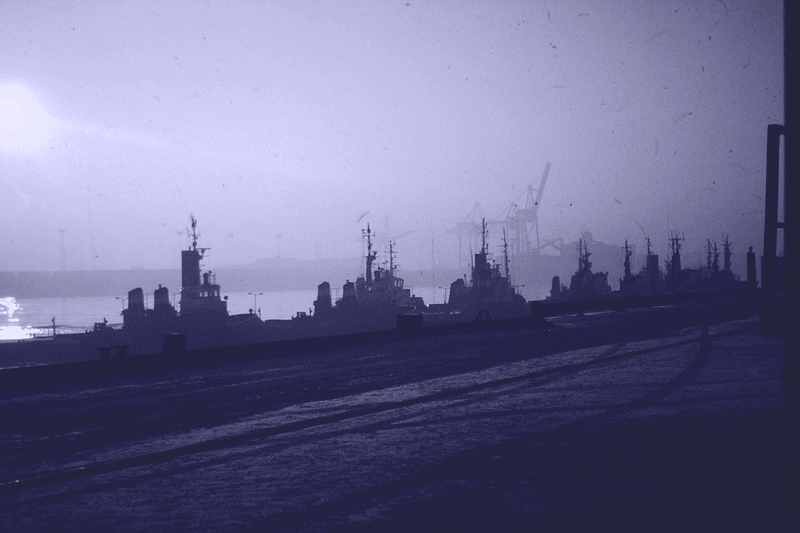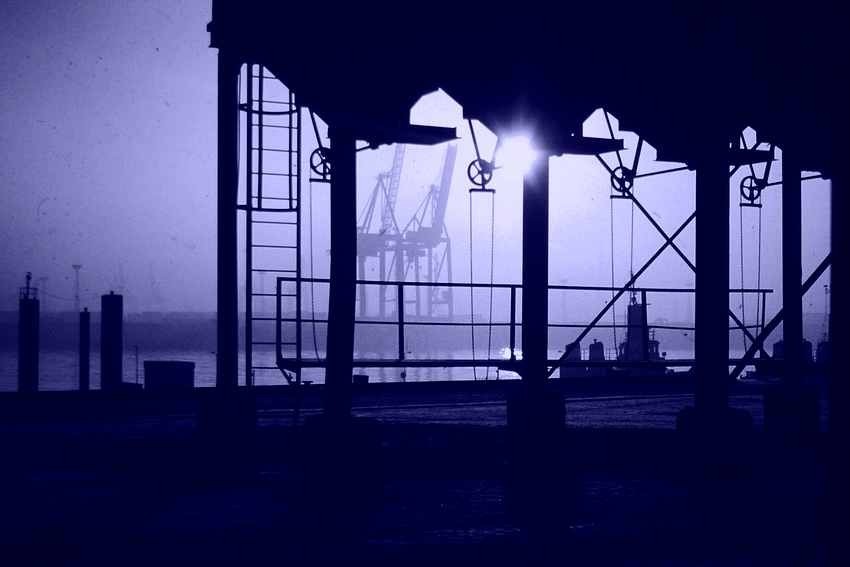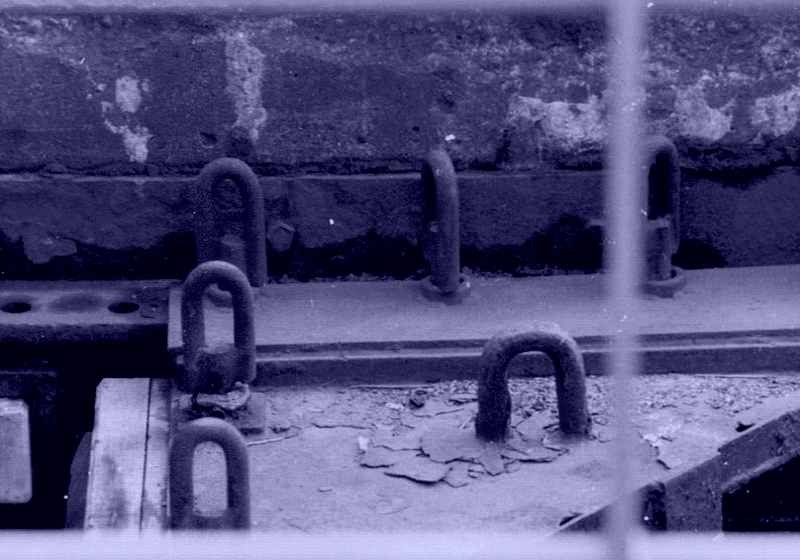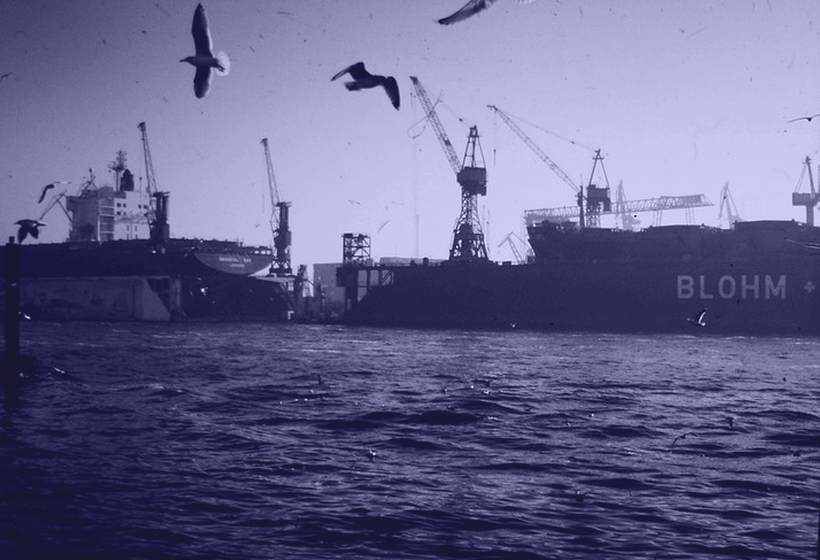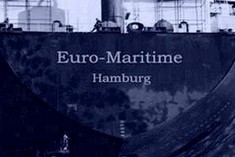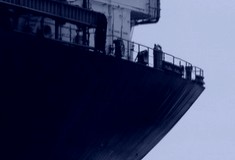A - B - C - D - E - F - G - H - I - J - K - L - M - N - O - P - Q - R - S - T - U - V - W - X - Y - Z
| Deep Sea trades | The traffic routes of both cargo and passenger vessels which are regularly engaged on the high seas or on long voyages. |
| Despatch | An incentive payment paid to a carrier to loading and unloading the cargo faster than agreed. Usually negotiated only in charter parties. |
| Displacement | The weight, in tons of 2,240 pounds, of the vessel and its contents. Calculated by dividing the volume of water displaced in cubic feet by 35, the average density of sea water. |
| Documents Against Acceptance (D/A) | Instructions given by a shipper to a bank indicating that documents transferring title to goods should be delivered to the buyer only upon the buyers acceptance of the attached draft. |
| Double Hull Tanker | A double hull tanker is a ship hull design and construction method where the bottom and sides of the ship have to complete layers of watertight hull surface: one outer layer forming the normal hull of the ship and a second inner hull which is constructed further into the ship, which forms a redundant barrier to seawater in case the outer hull is damaged and leaks |
| DRFS | Abbreviation for Destination Rail Freight Station. Same as CFS at destination, except a DRFS is operated by the rail carrier participating in the shipment. |
| Dry-Bulk Container | A container constructed to carry grain, powder and other free-flowing solids in bulk. Used in conjunction with a tilt chassis or platform. |
| DSU | Delay in Startup Insurance is a policy to protect the seller of a construction project from penalties if the project is not completed on time |
| EAN | European Article Numbering Association. International body responsible for administering the European Article Numbering system. It has affiliates in many countries such as: CCG in Germany, DCC in Japan, ANA in the United Kingdom. Note: The North American body responsible for the Uniform Product Code (UPC) coding is the Uniform Code Council (UPC is considered a subset of EAN). |
| Edge Protector | An angle piece fitted over the edge of boxes, crates, bundles and other packages to prevent the pressure from metal bands or other types from cutting into the package. |
| EDI | Electronic Data Interchange .Transfer of structured data, by agreed standards from applications on the computer of one party to the applications on the computer of another party by electronic means. |
| Endorsement | Transfer of the right to obtain delivery of the goods of the carrier by means of the consignee’s signature on the reverse side of a Bill of Lading. If the name of the new consignee (transferee) is not stated, the endorsement is an open one which means that every holder of the document is entitled to obtain delivery of the goods. |
| ETA | Estimated Time of Availability. That time when a tractor/partner carrier is available for dispatch. Estimated time of arrival |
| ETD - | Estimated Time of Departure - Expected date and time when a certain (air)port is left. |
| European Pallet Pool | Pool for the exchange of standard-sized pallets (the so-called Europallets) in European cargo traffic, formed in 1961 by a number of European rail administrators. |
| Export Rate | A rate published on traffic moving from an interior point to a port for transshipment to a foreign country. |
| F.E.R.I | F.E.R.I is an online and compulsory loading certifcate which must be issued for each B/L with goods for the Republic Democratic of Congo. This document must be created and validated at its port of loading. After Issuance of it, its number must be inserted into the original Bill of Loading. |
| Free surface effect | The free surface effect is one of several mechanisms where a craft can become unstable and roll-over. It refers to the tendency of liquids — and of aggregates of small solid objects, like seeds, gravel, or crushed ore which can act as liquids — to slosh about: to move in response to changes in the attitude of a crafts cargo holds, decks, or liquid tanks in reaction to operator-induced motions. |
| German Tonnage Tax | The German tonnage tax, first introduced in 1999, is an accounting method used for the taxation of profits earned through ships operation. According to §5a EStG (German Income tax law), not the actual profit, but the vessel’s net tonnage acts as the basis for the lumpsum determination of taxable income, which usually results in a lesser tax burden |
| GRT - Gross Register Tonnage | The Gross Register Tonnage (GRT) is a term used to describe a ship’s total internal volume, whereas 1 GRT is equal to 100 cubic feet. Though replaced by the term Gross Tonnage (GT) in 1994, Gross Register Tonnage is still widely used. |
| Harmonized System of Codes (HS) | An international goods classification system for describing cargo in international trade under a single commodity-coding scheme. Developed under the auspices of the Customs Cooperations Council (CCC), an international Customs organization in Brussels, this code is a hierarchically structured product nomenclature containing approximately 5,000 headings and subheadings. It is organized into 99 chapters arranged in 22 sections. Sections encompass an industry (e.g., Section XI, Textiles and Textile Articles); chapters encompass the various materials and products of the industry (e.g., Chapter 50, Silk; Chapter 55, Manmade Staple Fibers; Chapter 57, Carpets). The basic code contains four-digit headings and six-digit subheadings. Many countries add digits for Customs tariff and statistical purposes. In the United States, duty rates will be the eight-digit level; statistical suffixes will be at the ten-digit level. The Harmonized System (HS) is the current U.S. tariff schedule (TSUSA) for imports and is the basis for the ten-digit Schedule B export code. |
| HFO | Heavy Fuel Oil; Due to its high viscosity, this type of oil usually requires heating before it can be pumped and used to power the ship’s main engine |
| Heavy Lift | Heavy Lift Vessels are designed to transport heavy, large and uncommon cargo such as pontoons. They mostly are equipped with cranes or can lower the deck underneath the water surface, so smaller boats and yachts can drive into the flooded holds. Thereafter the ballast tanks are cleared again; the deck raises and sustains the cargo safely and ready to be shipped |
| ISO 14001 | The ISO 14001 environmental management standard has been established in order to give companies a guidance in their efforts to minimize the environmental impact caused by the company's business operations. The ISO 14001 standard specifies requirements for establishing an environmental policy, determining environmental aspects and impacts of products/activities/services, setting environmental objectives and measurable targets. Furthermore, programs have to be implemented to meet the objectives and targets. In order to achieve continuous improvement, these programs and targets have to be checked and reviewed on a regular basis with corrective actions. COLUMBIA Shipmanagement (Deutschland) GmbH places high importance on the protection of the environment. All employees in the office and at sea are encouraged to be pollution-conscious and to have a responsible attitude towards pollution prevention and preservation of natural resources. In implementing the Environmental Management System CSM decides to take action with appropriate measures for improving the environmental protection |
| ISO 9001 | ISO 9001 is a quality management system standard, maintained and regularly enhanced by ISO, the International Organization for Standardization and has been established in order to support companies aiming to document and continuously improve all relevant business procedures. This includes the need to set procedures which covers the company’s key processes, to ensure effectiveness by monitoring these processes, and to keep records of the processes. In addition, corrective actions have to be taken where necessary, individual processes as well as the quality system itself have to be reviewed, and the system as a whole has to be continuously improved. COLUMBIA Shipmanagement (Deutschland) GmbH is officially certified since February 2008 |
| ISPS Code | International Ship and Port Facility Security Code came into force on July 1, 2004 and is applicable to all vessels over 500 grt operating on international trades, as well as the ports that service them. The ISPS Code provides a framework through which ships and port facilities can cooperate to detect acts which pose a threat to maritime security |
| IFO | IFO, standing for Intermediate Fuel Oil, is a blend of gasoil and heavy fuel oil with less gasoil than HFO and is divided into IFO 380 (viscosity of 380 Centistokes) and IFO 180 (viscosity of 180 Centistokes). IFO 180 is more environmentally friendly and has to be used while passing the so called SECA areas (Baltic Sea and California |
| Knot | The knot is a unit of speed equal to one nautical mile per hour. 1 international knot = 1.852 kilometres per hour |
A - B - C - D - E - F - G - H - I - J - K - L - M - N - O - P - Q - R - S - T - U - V - W - X - Y - Z





